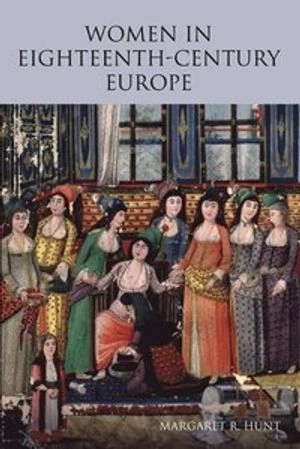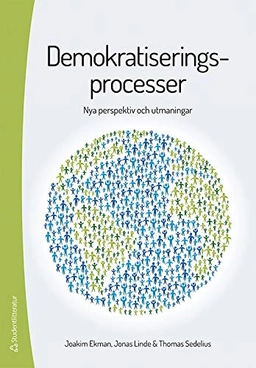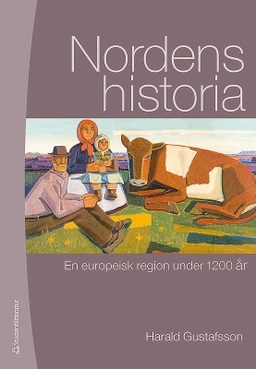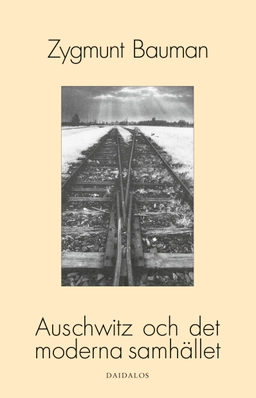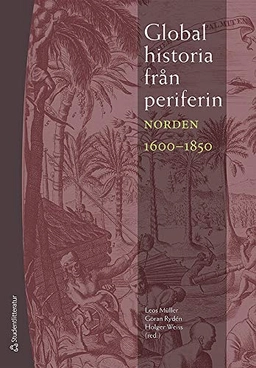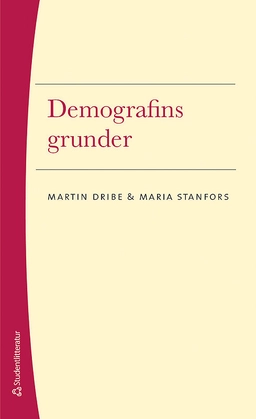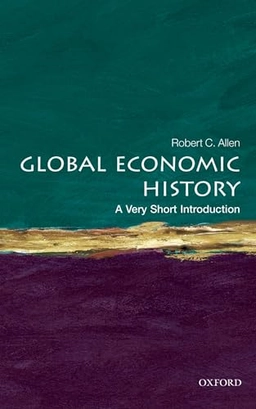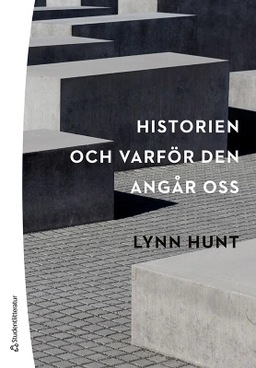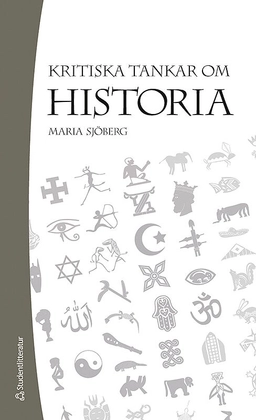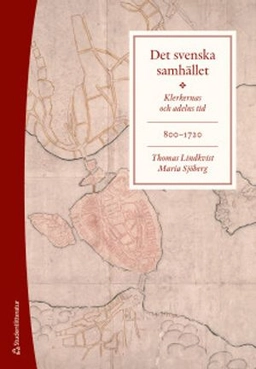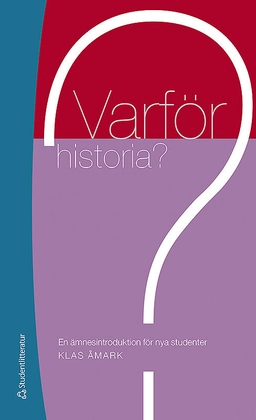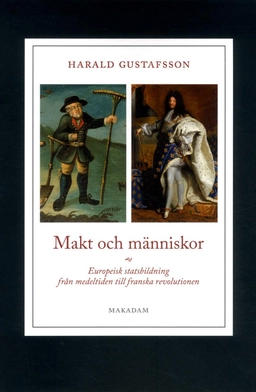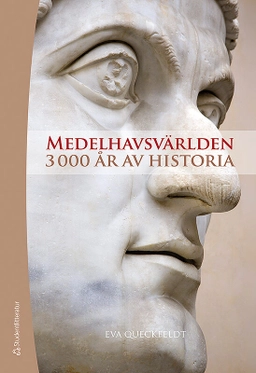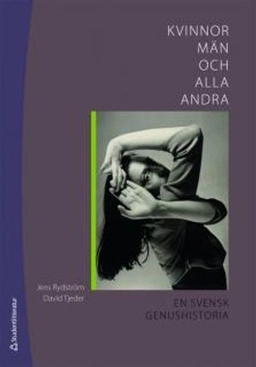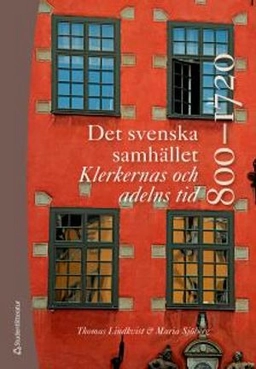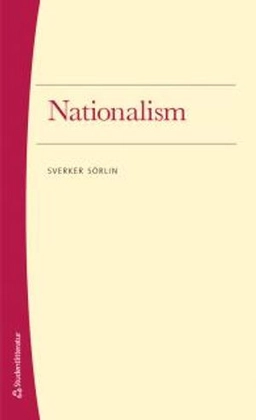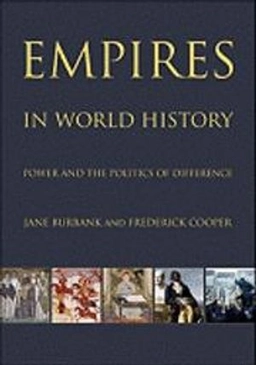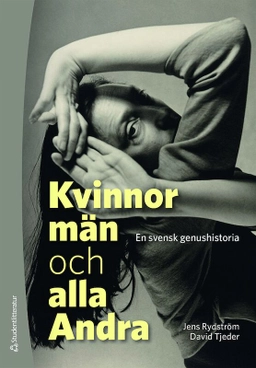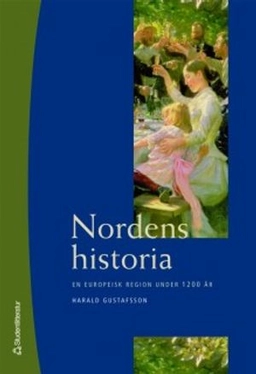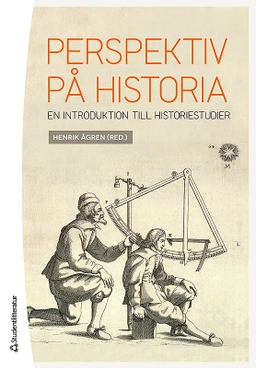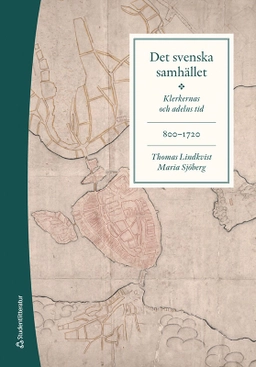Margaret Hunt has given us a fascinating picture of the lives of women and men in eighteenth-century Europe, all the richer because she draws examples from Russia, the Ottoman Empire, and the Caribbean colonies. Women emerge from her pages in all their variety: slaves, merchants and queens; Protestant reformers, Jewish storytellers, and Sufi mystics. A wonderful read!
Natalie Zemon Davis, Princeton University
This is a comprehensive and deeply perceptive study of womens experience across the European continent into Russia and the Ottoman Islamic East. Its richly learned exploration of womens lives across religions and cultures offers a persuasive argument for the reality of early modern Europe as 'Big Europe'. This is a landmark work.
Madeline Zilfi, University of Maryland
Was the century of Voltaire also the century of women? In the eighteenth century changes in the nature of work, family life, sexuality, education, law, religion, politics and warfare radically altered the lives of women. Some of these developments caused immense confusion and suffering; others greatly expanded womens opportunities and worldview long before the various womens suffrage movements were more than a glimmer on the horizon. This study pays attention to queens as well as commoners; respectable working women as well as prostitutes; women physicists and mathematicians as well as musicians and actresses; feminists as well as their critics. The result is a rich and morally complex tale of conflict and tragedy, but also of achievement.
The book deals with many regions and topics often under-represented in general surveys of European women, including coverage of the Balkans and both European Turkey and Anatolia, of Eastern Europe, of European colonial expansion (particularly the slave trade) and of Muslim, Eastern Orthodox, and Jewish womens history. Bringingall of Europe into the narrative of early modern womens history challenges many received assumptions about Europe and women in past times, and provides essential background for dealing with issues of diversity in the Europe of today.
Åtkomstkoder och digitalt tilläggsmaterial garanteras inte med begagnade böcker
